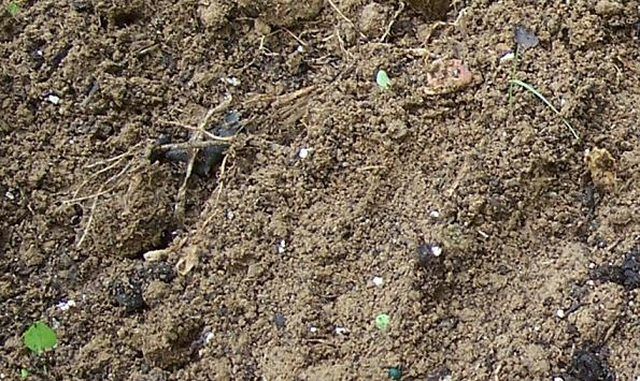Bulbs
Flower Basics
Flower Beds & Specialty Gardens
Flower Garden
Garden Furniture
Garden Gnomes
Garden Seeds
Garden Sheds
Garden Statues
Garden Tools & Supplies
Gardening Basics
Green & Organic
Groundcovers & Vines
Growing Annuals
Growing Basil
Growing Beans
Growing Berries
Growing Blueberries
Growing Cactus
Growing Corn
Growing Cotton
Growing Edibles
Growing Flowers
Growing Garlic
Growing Grapes
Growing Grass
Growing Herbs
Growing Jasmine
Growing Mint
Growing Mushrooms
Orchids
Growing Peanuts
Growing Perennials
Growing Plants
Growing Rosemary
Growing Roses
Growing Strawberries
Growing Sunflowers
Growing Thyme
Growing Tomatoes
Growing Tulips
Growing Vegetables
Herb Basics
Herb Garden
Indoor Growing
Landscaping Basics
Landscaping Patios
Landscaping Plants
Landscaping Shrubs
Landscaping Trees
Landscaping Walks & Pathways
Lawn Basics
Lawn Maintenance
Lawn Mowers
Lawn Ornaments
Lawn Planting
Lawn Tools
Outdoor Growing
Overall Landscape Planning
Pests, Weeds & Problems
Plant Basics
Rock Garden
Rose Garden
Shrubs
Soil
Specialty Gardens
Trees
Vegetable Garden
Yard Maintenance
What Types of Soil Do Earthworms Prefer?
What Types of Soil Do Earthworms Prefer?. Gardeners know that earthworms are beneficial to the soil. But if a gardener wants to establish a population of earthworms in a newly prepared garden spot, what kind of soil will attract and keep them there? There are many species of earthworms at work underfoot, and most of them have similar needs for...

Gardeners know that earthworms are beneficial to the soil. But if a gardener wants to establish a population of earthworms in a newly prepared garden spot, what kind of soil will attract and keep them there? There are many species of earthworms at work underfoot, and most of them have similar needs for survival.
Facts
One acre of land may contain well over 1 million earthworms. Soil scientists have studied the effects of tilling on earthworm populations. They found that in agricultural conditions, shallow tillage increased the earthworm populations, while deep tilling decreased their population. The "no-till" methods are some of the healthiest options for earthworms, especially when coupled with organic or sustained-earth farming practices where soil building is the focus and few or no chemicals are used. Different species of worms responded differently to tillage practices.
Function
Earthworms constantly till the soil as it passes through them. They "eat" the soil, removing nutrients they need from it and returning what remains in the form of "castings." Soil they eat is pulverized by their gizzards and mixed with organic matter. Minerals and nutrients processed by worms are in a form that is immediately available to plant roots.
Features
Earthworms must be able to move through the soil easily. If soil is hard clay, or dry and compacted, they will go elsewhere to create their tunnels. A layer of ground surface litter--organic matter such as dead grass and leaves--will attract worms. This is the kind of food source they are drawn to. As they work through the layer, it is turned into fertile castings. Worms also carry the surface layer down with them through the next few inches of soil, mixing it together as they tunnel. This loosens and softens the deeper soil. Worm tunnels loosen the soil for water and roots, and in turn, water and roots keep the soil worm-friendly.
Moist soil with a layer of organic matter for nutrients will attract worms. The longer they work it, the more desirable the soil is for them to stay.
Worms need the darkness that deep, loose soil gives them. They actually become paralyzed if they are in the light for very long. Exposure above ground will also cause them to dehydrate rapidly and die. So worms favor compost piles and cool, moist areas under mulch.
Geography
Earthworms do not live in areas where conditions are not right for them. Temperature extremes as well as arid or swampy areas are not worm-friendly. Altitude also determines the species of worm that will live in an area.
Some of the earthworm species in the U.S. are known as "invasive" earthworms. They were brought from Europe many years ago, and have spread throughout North America.
Organic Matter
One of the easiest ways to invite earthworms into the garden is to use organic matter as mulch. This layer will keep the soil cooler and will slow moisture evaporation. Organic mulch is food for earthworms, and so is compost mixed in or spread on top of the soil. A gardener who provides food and hospitable living conditions for earthworms will find plenty of them living in the soil.